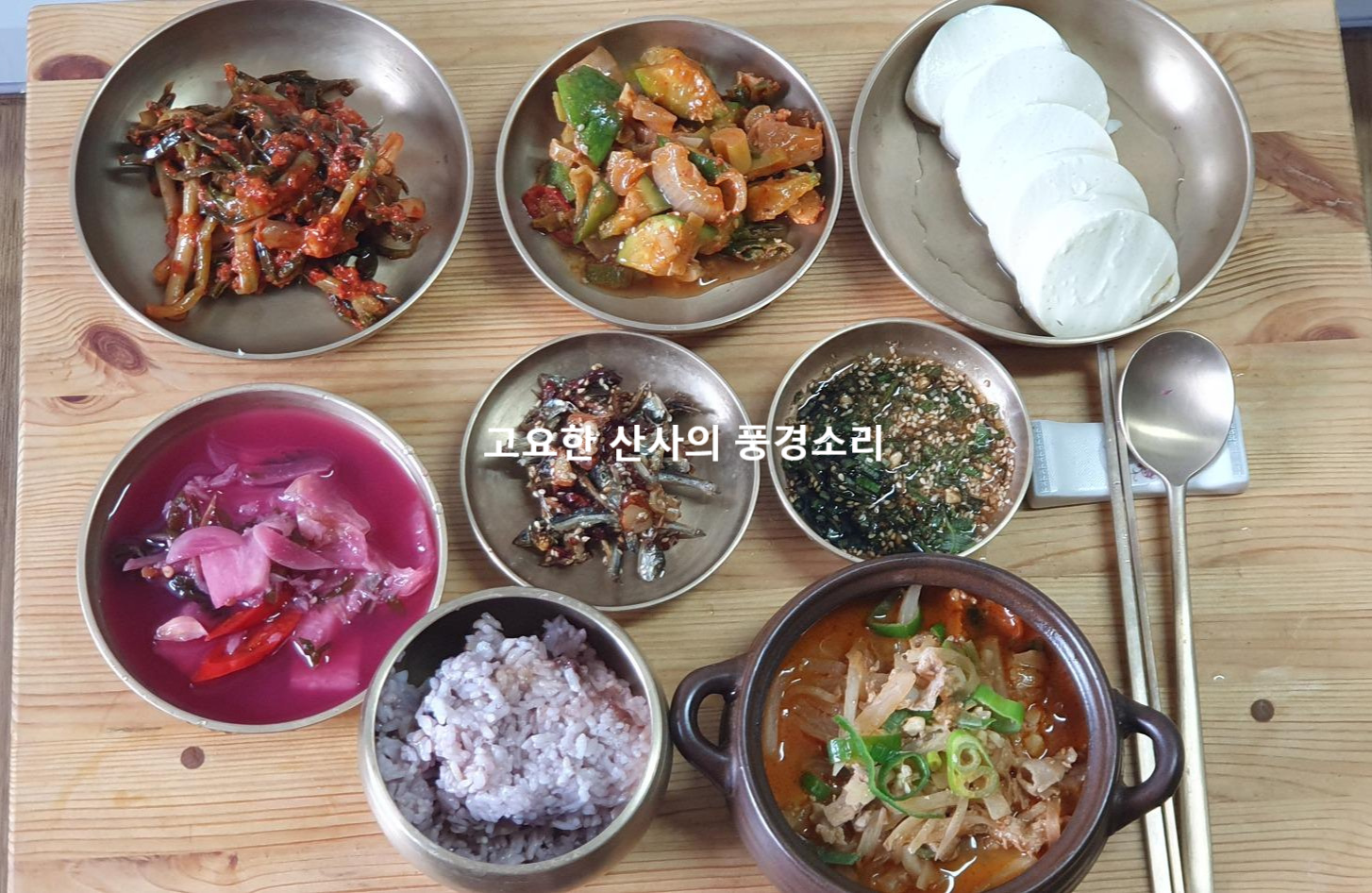Baek Jong-won’s Ultimate Doenjang Jjigae
Baek Jong-won’s Signature Dipping Doenjang Jjigae for Life

Do you love Doenjang Jjigae with just enough broth to mix with rice? This recipe features radish and thinly sliced pork belly for the ultimate umami boost! This recipe is from Baek Jong-won’s ‘Yoori Bi-chep’ (Cooking Secrets).
Ingredients- 200g thinly sliced pork belly
- Approx. 2 cups radish (cut into 0.5cm thickness)
- 3 Tbsp traditional Doenjang (Korean soybean paste)
- 1 Tbsp Gochujang (Korean chili paste)
- 3.5 cups water (or rice water)
- 1/3 Tbsp brown sugar (optional, for sweetness adjustment)
- 1 Tbsp minced garlic
- Approx. 1/3 stalk green onion (chopped)
- 3 Korean chili peppers (chopped)
- 1 red chili pepper (chopped)
Cooking Instructions
Step 1
First, prepare the vegetables. Slice the radish into 0.5cm thick pieces, either thinly sliced or julienned. Using a mandoline slicer can make this process easier. Finely chop the green onion, Korean chili peppers, and red chili peppers to about 0.3cm thickness. Cut the thinly sliced pork belly into bite-sized pieces, roughly one-third of their original size. You can adjust the size to your preference.

Step 2
Place the prepared thinly sliced pork belly into a pot and stir-fry over high heat. If the meat is very lean with little fat, add a little cooking oil and stir-fry together for extra flavor.

Step 3
Once the pork belly starts to release its fat and turn golden brown, add the sliced radish and stir-fry with the meat. Make sure to scrape the bottom of the pot to prevent the pork bits from burning, as this adds depth to the flavor.

Step 4
When the radish becomes tender and easily bends, add the Doenjang and Gochujang. Stir-fry them together with the meat and radish for about 1-2 minutes, allowing the pastes to meld well with the ingredients.

Step 5
Pour in 3.5 cups of water (or rice water) and bring to a boil over high heat. Once the broth is boiling vigorously, add 1 Tbsp of minced garlic, then reduce the heat to medium-low and simmer for about 15 minutes. Using rice water instead of plain water will impart a richer, nuttier flavor to the jjigae.

Step 6
After the broth has simmered and developed flavor, add the chopped green onions, Korean chili peppers, and red chili peppers. Stir gently to combine. Bring the jjigae back to a boil, then immediately turn off the heat. Avoid overcooking the vegetables, as they can become too soft.

Step 7
Transfer the finished doenjang jjigae to an earthenware pot (ttukbaegi) and bring it to a brief boil one more time for a warmer, more delicious serving. If you don’t have a ttukbaegi, serving it in a regular soup bowl is perfectly fine. Enjoy by mixing it with rice!




